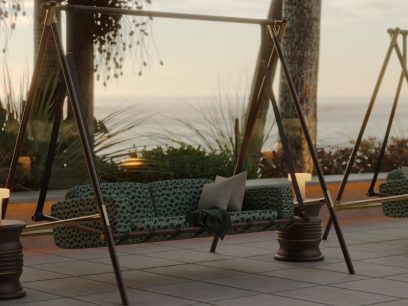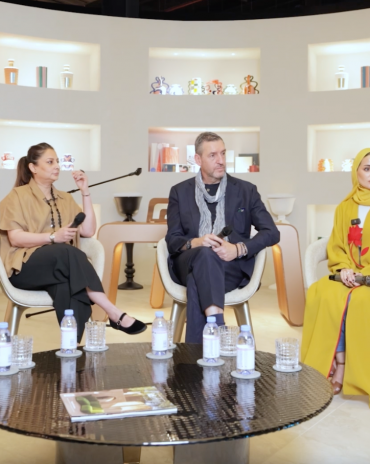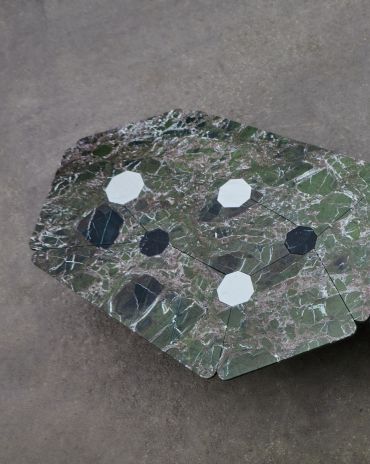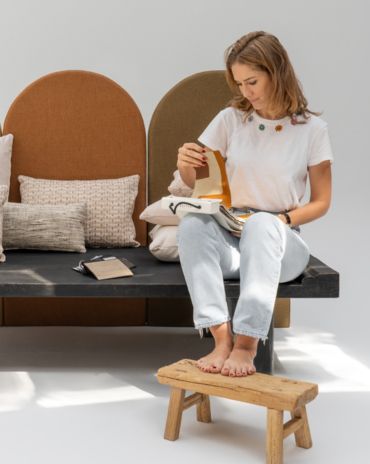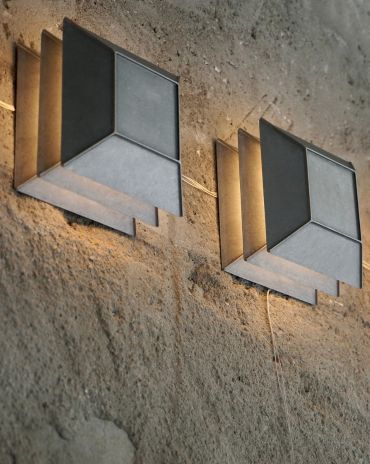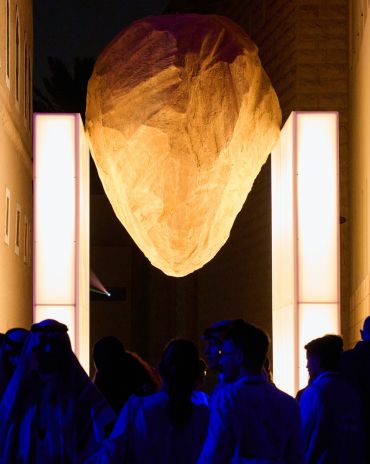Copyright © 2025 Motivate Media Group. All rights reserved.
Aedas along with a consortium of architects, designs the futuristic resort – Trojena Ski Village in KSA
The futuristic resort is said to feature year-round skiing opportunities, retail outlets, and more
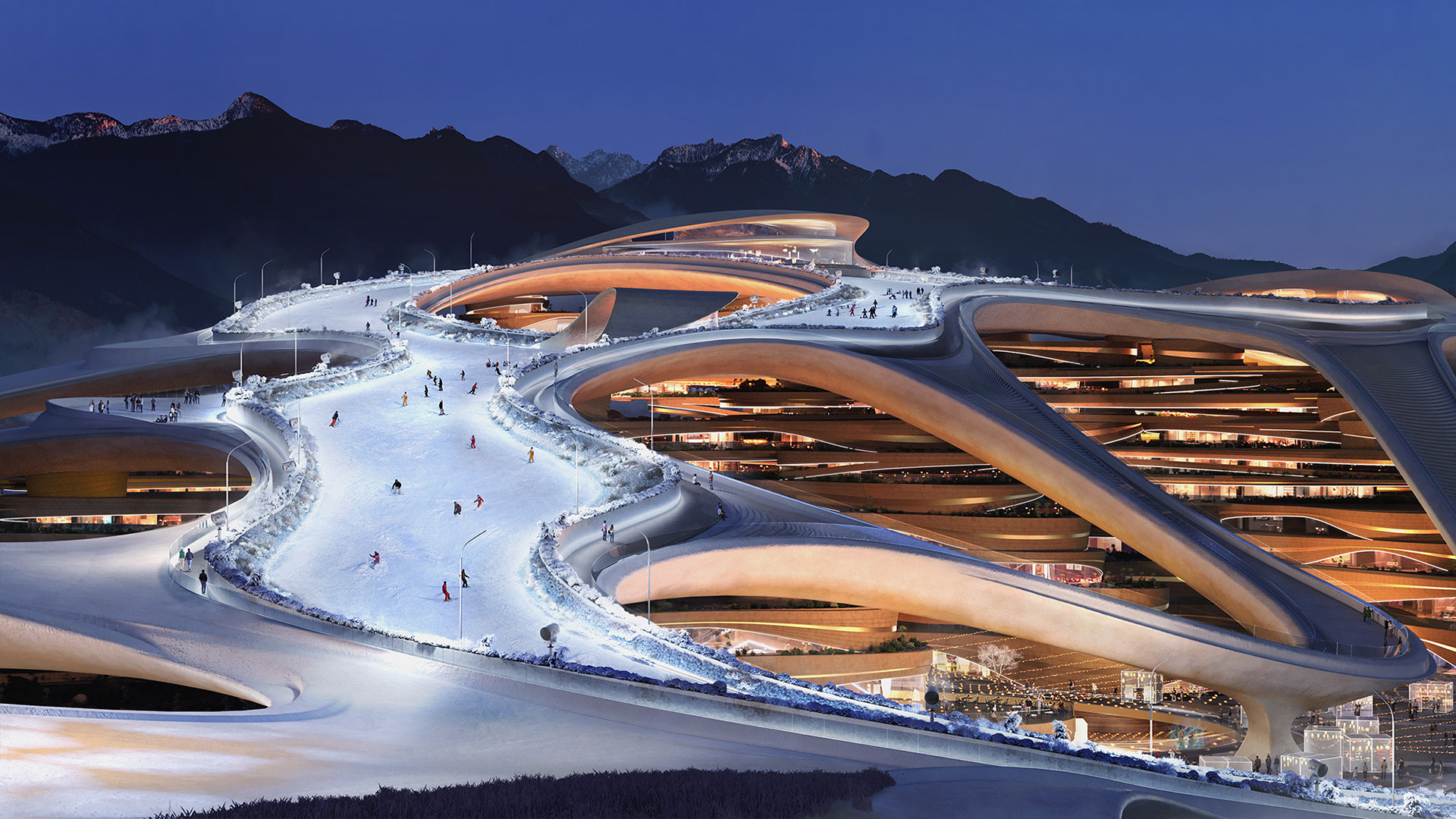
Aedas is breaking new ground in the A+D industry with its latest project, the Trojena Ski Village in NEOM. This futuristic resort, set to be the world’s first “vertical ski village,” is poised to redefine the concept of a snow destination in the GCC, offering year-round adventure sports for visitors. Scheduled for completion in 2026, Trojena is set to make history as the Gulf Region’s inaugural outdoor ski resort. Located in NEOM, Saudi Arabia’s ground-breaking giga project, the new resort will host the 10th Asian Winter Games in 2029, marking a significant milestone for the region.

Designed to accommodate both seasonal visitors and permanent residents, Trojena Ski Village will feature a plethora of amenities, including year-round skiing opportunities, retail outlets, restaurants, luxury accommodations, and more. By 2030, the resort aims to welcome 700,000 annual visitors and house up to 7,000 residents, making it a bustling hub of activity.Led by a consortium of international architecture firms, including Aedas, the design of Trojena Ski Village represents a bold departure from traditional ski resort typologies. Aedas’ innovative approach challenges conventions, envisioning a superstructure that integrates multiple levels of mobility and connection vertically, rather than horizontally. “‘For millennia, ski villages have had the same formula with multiple plots and buildings connected by roads. We challenged this convention by asking what if the village could be a building. This led us to dream up a superstructure that has the scale of a village but with all the connections and mobility happening vertically across several levels”, said Ignacio Gomez, Aedas’ Global Design Principal. The resort’s multi-level activation promises visitors a seamless transition between experiences, facilitated by a range of vertical mobility devices. From skiing and mountain biking to zip-lining and Alpine coasters, Trojena offers a diverse array of outdoor activities for guests to enjoy year-round.
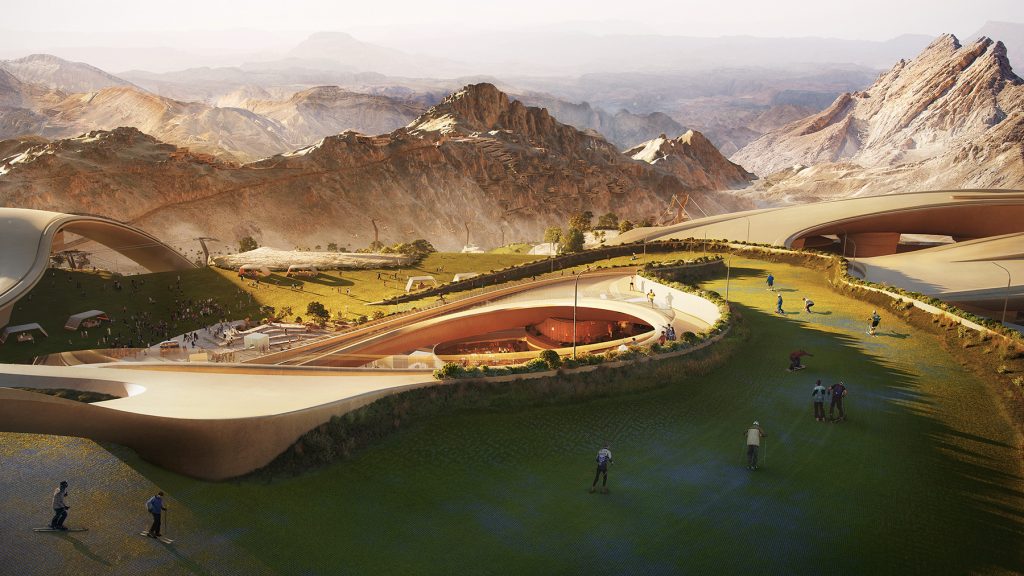
Designed to blend harmoniously with its natural surroundings, Trojena Ski Village is sculpted to complement the natural topography of the NEOM mountain range. With a monumental scale that echoes the landscape, the resort is envisioned as an extension of the mountain itself, seamlessly integrating with the terrain over time.
In addition to its architectural ingenuity, Trojena Ski Village prioritizes sustainability at every stage of development. From energy-efficient building materials to innovative snowmaking technologies, the resort is designed to minimize its environmental footprint while maximizing guest comfort and enjoyment.

The Latest
Past Reveals Future
Maison&Objet Paris returns from 15 to 19 January 2026 under the banner of excellence and savoir-faire
Sensory Design
Designed by Wangan Studio, this avant-garde space, dedicated to care, feels like a contemporary art gallery
Winner’s Panel with IF Hub
identity gathered for a conversation on 'The Art of Design - Curation and Storytelling'.
Building Spaces That Endure
identity hosted a panel in collaboration with GROHE.
Asterite by Roula Salamoun
Capturing a moment of natural order, Asterite gathers elemental fragments into a grounded formation.
Maison Aimée Opens Its New Flagship Showroom
The Dubai-based design house opens its new showroom at the Kia building in Al Quoz.
Crafting Heritage: David and Nicolas on Abu Dhabi’s Equestrian Spaces
Inside the philosophy, collaboration, and vision behind the Equestrian Library and Saddle Workshop.
Contemporary Sensibilities, Historical Context
Mario Tsai takes us behind the making of his iconic piece – the Pagoda
Nebras Aljoaib Unveils a Passage Between Light and Stone
Between raw stone and responsive light, Riyadh steps into a space shaped by memory and momentum.
Reviving Heritage
Qasr Bin Kadsa in Baljurashi, Al-Baha, Saudi Arabia will be restored and reimagined as a boutique heritage hotel
Alserkal x Design Miami: A Cultural Bridge for Collectible Design
Alserkal and Design Miami announce one of a kind collaboration.
Minotticucine Opens its First Luxury Kitchen Showroom in Dubai
The brand will showcase its novelties at the Purity showroom in Dubai

